How to grow gatsania through seedlings and how to plant it in open ground?
Gatsaniya deservedly enjoys the love of gardeners. This plant belongs to the Aster family, it came from Africa. Inflorescences resemble bright large baskets. They can be red, orange, yellow, at the base - a dark speck. One bush is capable of producing several of these flowers. Their main feature is that they open only in clear, sunny weather. They remain closed at night and on cloudy days. It is thanks to this quality that the plants have earned the name "midday sun".
Bright flowers will brighten up any garden. But the question arises: how is their cultivation going? In fact, it is not so difficult, you just need to know some of the nuances. There are two ways - vegetative and seed. The second is considered optimal. But it cannot be called simple either. In climates with sharp temperature changes and frosts, it is impossible to sow seeds in open ground. For the same reason, due to the unsuitable climate, self-sowing does not occur: the seeds often simply do not have time to ripen. If the sprouts do appear, then they cannot survive the cold. To get this plant, you need to grow seedlings.
When to start sowing?
The process will take several months. To figure out when to start sowing, you should decide what you need to grow gatsania for. There are two options.
- If you need flowers for your own garden, it is recommended to sow in the second half of February or in March. The plant is very warm and light-requiring. In winter, when the day is very short, it grows extremely poorly. The seeds may not even sprout. Closer to the beginning of spring, daylight hours become longer. When using this option, the flowers will bloom in June.
- If the cultivation of gatsania is planned for sale, then the flowers are needed at the end of April. Therefore, you have to sow earlier, the optimal time is the beginning of November. Do not postpone it until December: for plants this is a period of deep dormancy, the risk of poor germination increases.
What soil is needed, how to sow?
The plant is quite unpretentious, so almost any soil is suitable for flowers. If you want to cook it yourself, then you should remember that it should not be clayey. Good breathability must be ensured. For example, this option is suitable: take the same amount of forest land, sand and humus, they must be driven through a sieve.
After the soil is prepared, you can proceed directly to sowing. The gatsania seeds are large, so they must be carefully spread over the surface. The distance should be at least 2 cm, it is recommended to sow in a checkerboard pattern. Then the seeds should be covered with earth and moistened with a sprayer. Shallow grooves can be made for convenience. Surface cultivation is also allowed.
Advice
When collecting seeds yourself, remember that many popular species are hybrid. Their seeds will not retain varietal characteristics.
After finishing work, you need to cover the container with seedlings with glass or film. You can also place it in a bag after inflating it a little. In a week, the first shoots will appear if all conditions are met. The main ones are: sufficient lighting, high humidity, air temperature a little over 20 degrees. It is important to maintain a comfortable environment until the seeds hatch.You should also regularly ventilate and remove condensation.
How to care for seedlings?
Taking care of the emerging sprouts is not very difficult. Immediately upon planting, it is better to use a deep container, since the plant has a long root. Otherwise, a pick is required. You can do it within a week after the shoots have been noticed, you do not need to wait for the first leaf. In the process, pinch the main root. Peat and plastic containers should be chosen for transplantation. Then it will be easier to move the seedlings into the ground without damaging them.
After the sprouts appear, it is worth taking care to reduce the humidity in the container. Do this in order to avoid waterlogging. At first, it is better to use a spray bottle for watering. It is also advisable to lower the temperature a little. A week after the pick, it is recommended to feed the plant with fertilizers; complex mineral fertilizers are suitable for this purpose. If necessary, the procedure is repeated after two weeks.
When and how to plant?
By mid-May, gatsania seedlings will be ready to be moved into open ground. The place must be chosen carefully. For this plant, an abundance of light is necessary, even direct rays are not afraid of it. It also endures drought. So the area intended for these wonderful colors should be unshaded. This is the basic condition for successful cultivation. There is no need to be afraid of frosts: for all its heat-loving nature, the plant is able to withstand short frosts.
You also need to pay attention to the ground. It should be lightweight and well-drained.
After a suitable place has been found, you can start planting seedlings. It is best to do this with the pot to keep the root intact and intact. That is why cultivation is best carried out in peat-sludge tanks. If a box was used for seedlings, then you need to get each sprout using a long spatula. In this case, the entire root ball is transferred into the hole.
A distance of about 20 cm should be left between the plants. Gatsania begins to bloom very soon after moving to open ground, delighting the eye with bright colors.
Watering, feeding, combating diseases and insects
The subsequent care of gatsania is quite simple. Watering should be moderate, as excess moisture harms the plant. You also need to loosen the ground from time to time and remove weeds. In order for new buds to appear often, wilted inflorescences should be constantly removed. Mulching helps to retain moisture in the soil and slows down the growth of weeds, so you should not neglect it.
It is recommended to take care of plant nutrition. For this, a solution of mineral fertilizer is used - 20 g per square meter. The frequency depends on the soil. If it is fertile, then it is enough to do this every 30-40 days. If the area is rocky, fertilize more often. The brightness of the flower depends on how saturated the soil is with nutrients.
One of the advantages of gatsania is that it is practically not susceptible to disease. In rare cases, gray rot is possible. This happens when a plant is grown under inappropriate conditions. If this happens, then the affected bush must be removed, and the remaining ones should be treated with Fitosporin. Of the pests, snails are dangerous - they must be collected by hand - and some insects: spider mites and aphids. To destroy them, insecticides are used.
How to collect seeds and keep the plant for the winter?
Gatsania seeds do not always have time to ripen. This is possible only if the summer is hot and long. But you must be careful: after ripening, the seeds simply fly away like a dandelion. So collecting them is not easy. To avoid this, it is recommended to tie a few large flowers with gauze. Then the seeds cannot fly away.
In the middle lane, gatsaniya grows like an annual.After flowering ends, the remaining bush can be removed. Or try to save it for next year. It is better to do this while flowering is still ongoing - the most beautiful specimens need to be dug up and transplanted into pots. They should be settled in a room in which there is enough light, and the temperature is quite low - about 10 degrees. The soil should not dry out completely, so regular watering is necessary. After the onset of spring, it will be possible to plant the plant in an open place, shortening it in half.
Growing gatsania is not that difficult, especially with seedlings. If you sow the seeds on time, do not forget to water them regularly, then the result will please.
Caring for them does not require too much effort. The main thing is to choose a place with good lighting for the plant. All work will not be in vain, because these sunny flowers look harmonious in the garden.
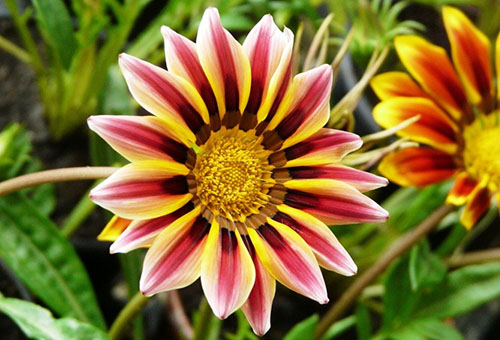
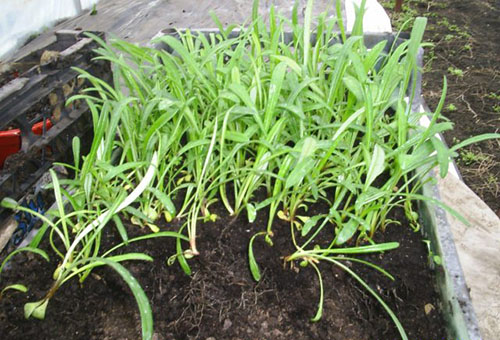

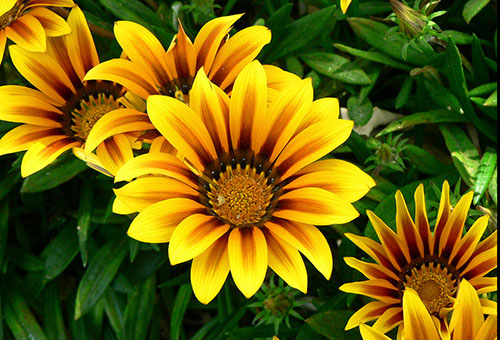
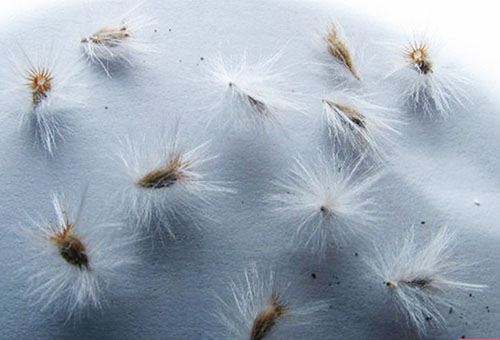
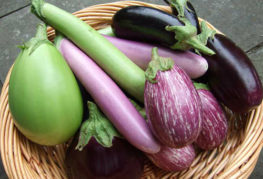
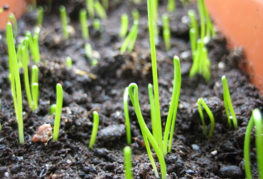

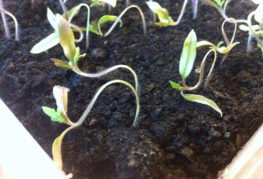


and will be published shortly.